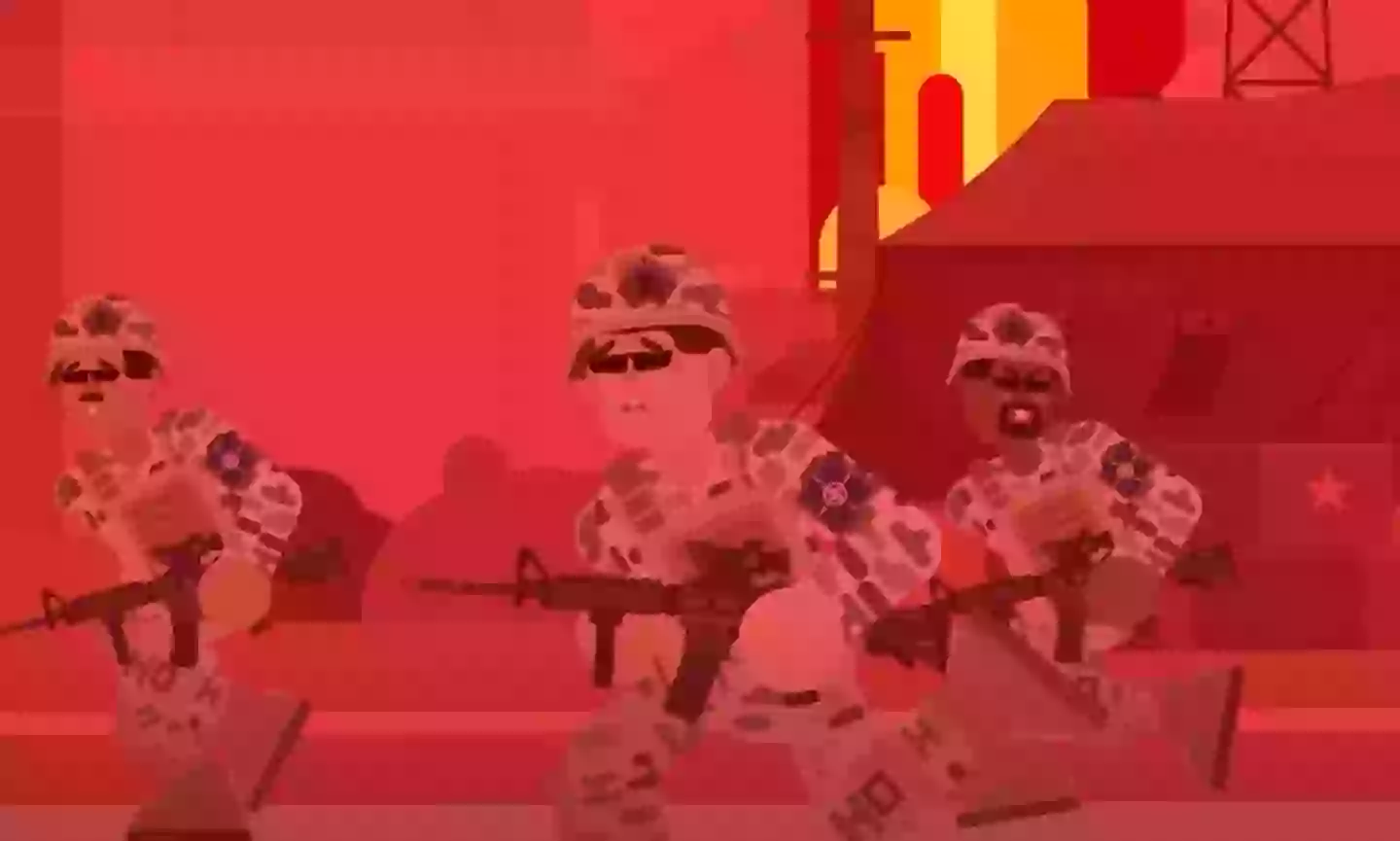A new simulation highlights just how vulnerable the United States could be in the first moments of a nuclear strike. The idea of a large-scale war, especially one involving nuclear weapons, has haunted the world since World War II. Yet today’s nuclear arsenals—possessed by countries like the US, China, and Russia—are far more powerful than those from the past.
The Infographics Show released a video illustrating what a nuclear attack on the US might look like within the first 20 minutes, detailing key targets and the widespread destruction that could follow.

The video breaks down targets into two main types: counterforce and countervalue. Counterforce strikes aim to destroy the enemy’s military capabilities, while countervalue strikes focus on incapacitating cities and infrastructure to weaken the country’s future potential.
According to the simulation, an attacker would likely focus on five major regions across the US: the Pacific Coast, the Great Plains, the South, the Midwest, and the Northeastern seaboard. These areas hold significant military, economic, and political importance.
The Great Plains is a prime target because of its many missile silos spaced widely apart. Due to their spread, multiple nuclear weapons would be needed to neutralize them all, making this area critical to any attack plan.
The Pacific Coast holds vast economic and cultural weight, with key ports like Los Angeles and Long Beach, and major technology companies that drive innovation and growth.
The Midwest, while hosting fewer military facilities, contains large cities like Chicago with important financial and transportation hubs, making it a valuable target.
The South is home to vital military installations, infrastructure, and refineries that, if destroyed, could cripple fuel supplies and shock the American economy.
Finally, the Northeast, housing Washington DC, the Pentagon, and key naval bases like Norfolk, plays a central role in national governance and defense strategy. New York City, a globally recognized metropolis, also stands as a symbolic and strategic target capable of demoralizing the public.
This chilling simulation serves as a sobering reminder of the devastating impact nuclear conflict would have, emphasizing how many critical sites across the country are vulnerable in such a scenario.


